公司规模
Large Corporate
地区
- America
国家
- Mexico
产品
- Warehouse Management Solution
技术栈
- Inventory Management Software
实施规模
- Enterprise-wide Deployment
影响指标
- Cost Savings
- Productivity Improvements
- Waste Reduction
技术
- 功能应用 - 仓库管理系统 (WMS)
适用行业
- 食品与饮料
适用功能
- 仓库和库存管理
用例
- 库存管理
服务
- 系统集成
关于客户
Pacific Star 是一家总部位于墨西哥的食品分销商。该公司为广大地区的各种客户(包括餐馆和酒店)存储和运输 7,000 多种产品。产品分为三类 - 干货、冷藏和冷冻,每种都需要特定的储存条件。该公司的目标是优化其四个仓库的库存管理实践,以提高准确性和生产率、改善服务、管理保质期并减少损耗。
挑战
Pacific Star 是一家总部位于墨西哥的食品经销商,面临着复杂的供应链挑战。该公司必须存储和运输 7,000 多种产品给大片地理区域内的不同客户。这些产品分为三类 - 干货、冷藏和冷冻,每种产品都需要特定的存储条件。该公司还必须整合订单和交货以降低成本。对 Pacific Star 盈利能力的最大威胁是库存缩水,当仓库库存超过保质期时就会发生这种情况。该公司旨在优化四个仓库的库存管理实践,以提高准确性和生产率、改善服务、管理保质期并减少库存缩水。
解决方案
Pacific Star 实施了一套仓库管理解决方案,使其能够完美地进行商品轮换,无论是先进先出还是先发出保质期较短的商品。这降低了之前由于商品轮换不当而导致的损耗水平。仓库管理解决方案还提供了详细的报告,使 Pacific Star 能够更好地预测需求。轻松访问透明的消费数据有助于更好地制定补货计划并消除产品短缺。该解决方案提高了准确性,将由于商品挑选错误而导致的误差率从之前的 4-5% 降低到 0.2% 以下。
运营影响
数量效益

Case Study missing?
Start adding your own!
Register with your work email and create a new case study profile for your business.
相关案例.

Case Study
The Kellogg Company
Kellogg keeps a close eye on its trade spend, analyzing large volumes of data and running complex simulations to predict which promotional activities will be the most effective. Kellogg needed to decrease the trade spend but its traditional relational database on premises could not keep up with the pace of demand.
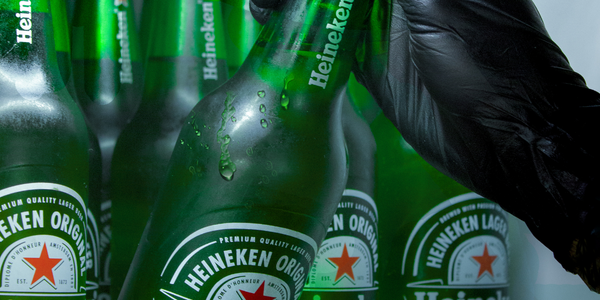
Case Study
HEINEKEN Uses the Cloud to Reach 10.5 Million Consumers
For 2012 campaign, the Bond promotion, it planned to launch the campaign at the same time everywhere on the planet. That created unprecedented challenges for HEINEKEN—nowhere more so than in its technology operation. The primary digital content for the campaign was a 100-megabyte movie that had to play flawlessly for millions of viewers worldwide. After all, Bond never fails. No one was going to tolerate a technology failure that might bruise his brand.Previously, HEINEKEN had supported digital media at its outsourced datacenter. But that datacenter lacked the computing resources HEINEKEN needed, and building them—especially to support peak traffic that would total millions of simultaneous hits—would have been both time-consuming and expensive. Nor would it have provided the geographic reach that HEINEKEN needed to minimize latency worldwide.
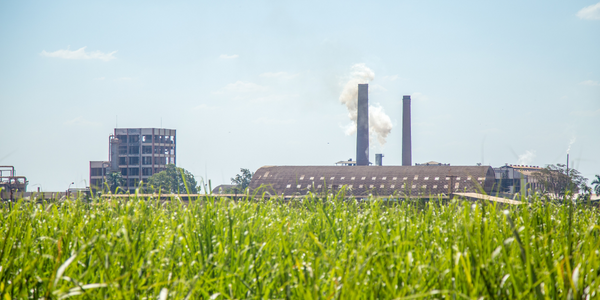
Case Study
Energy Management System at Sugar Industry
The company wanted to use the information from the system to claim under the renewable energy certificate scheme. The benefit to the company under the renewable energy certificates is Rs 75 million a year. To enable the above, an end-to-end solution for load monitoring, consumption monitoring, online data monitoring, automatic meter data acquisition which can be exported to SAP and other applications is required.
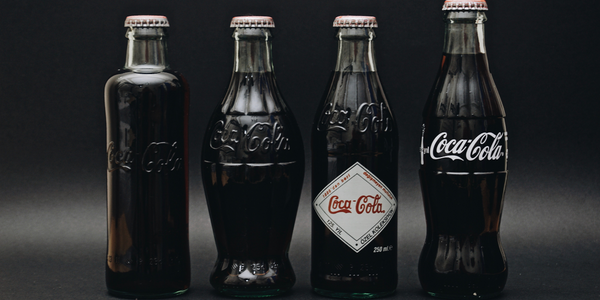
Case Study
Coca Cola Swaziland Conco Case Study
Coco Cola Swaziland, South Africa would like to find a solution that would enable the following results: - Reduce energy consumption by 20% in one year. - Formulate a series of strategic initiatives that would enlist the commitment of corporate management and create employee awareness while helping meet departmental targets and investing in tools that assist with energy management. - Formulate a series of tactical initiatives that would optimize energy usage on the shop floor. These would include charging forklifts and running cold rooms only during off-peak periods, running the dust extractors only during working hours and basing lights and air-conditioning on someone’s presence. - Increase visibility into the factory and other processes. - Enable limited, non-intrusive control functions for certain processes.
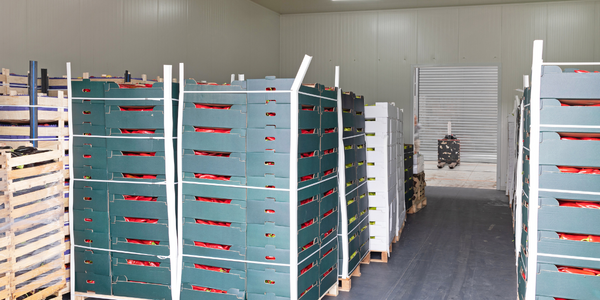
Case Study
Temperature Monitoring for Restaurant Food Storage
When it came to implementing a solution, Mr. Nesbitt had an idea of what functionality that he wanted. Although not mandated by Health Canada, Mr. Nesbitt wanted to ensure quality control issues met the highest possible standards as part of his commitment to top-of-class food services. This wish list included an easy-to use temperature-monitoring system that could provide a visible display of the temperatures of all of his refrigerators and freezers, including historical information so that he could review the performance of his equipment. It also had to provide alert notification (but email alerts and SMS text message alerts) to alert key staff in the event that a cooling system was exceeding pre-set warning limits.
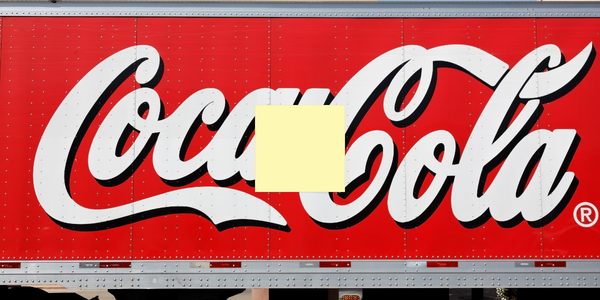
Case Study
Coca-Cola Refreshments, U.S.
Coca-Cola Refreshments owns and manages Coca-Cola branded refrigerators in retail establishments. Legacy systems were used to locate equipment information by logging onto multiple servers which took up to 8 hours to update information on 30-40 units. The company had no overall visibility into equipment status or maintenance history.







